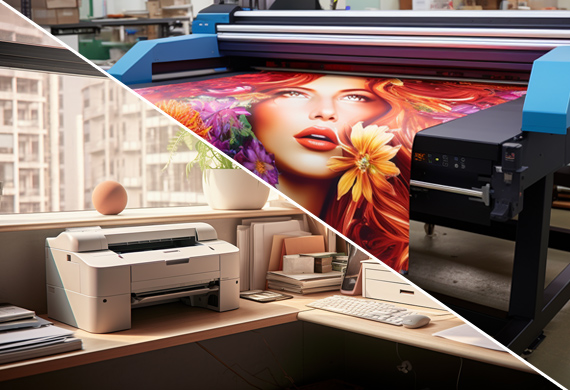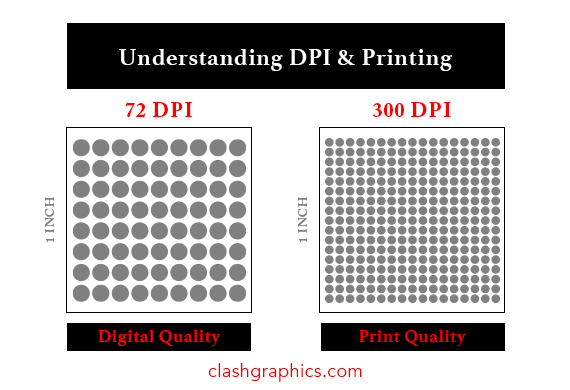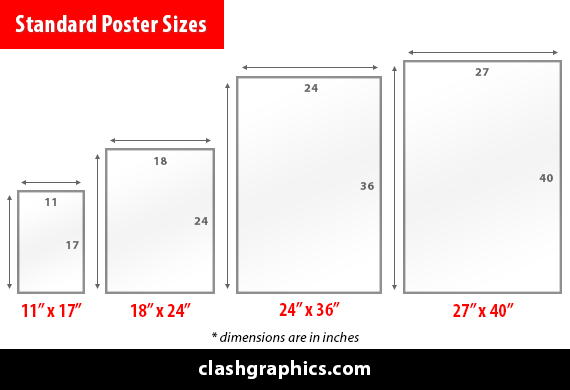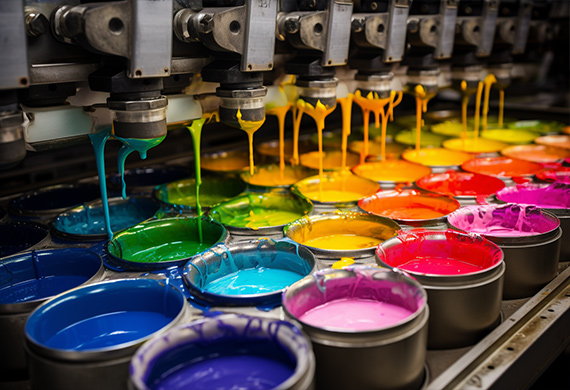The Future of The Printing Industry
Posted by Clash Graphics on 17th Jun 2020
Not knowing where the printing industry is heading can put you at a disadvantage. Despite the explosion of online marketing and social media advertising, the printing industry is evolving but continues to be vibrant. Clash Graphics ga…
read more





